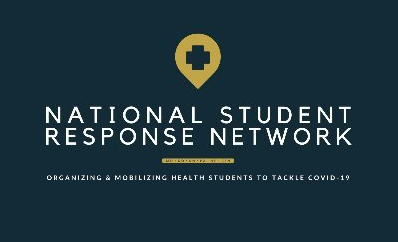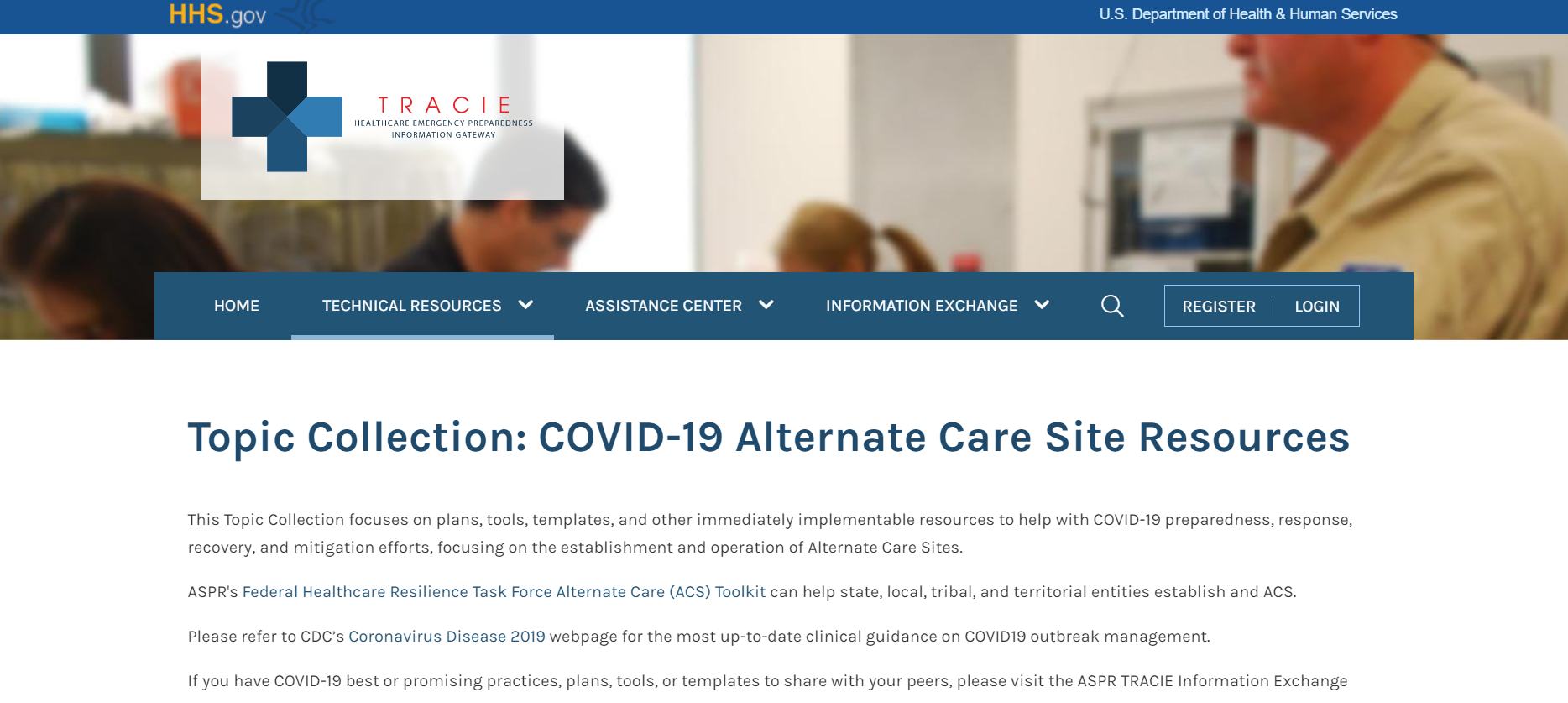Popular Categories
Ready or Not? TFAH Releases 2017 Assessment of Public Health Preparedness
In the world of preparedness and response, 2017 was marked by several historic and catastrophic incidents. Hurricanes took center...
Jan 09, 2018 | Katie Dwyer
Be Prepared for Radiation Emergencies
“Failing to plan is planning to fail:” This saying applies to many aspects of preparedness, including radiation disaster preparedness....
Nov 30, 2017
Frontier State Wyoming Prepares for the Total Eclipse
By Kimball Croft, public health response coordinator, Park County Public Health Emergency Response and Audrey Gray, public health...
Oct 26, 2017
EPA Publishes Two Public Communication Tools for Radiation Emergencies
In January 2017, the Environmental Protection Agency (EPA) issued a revised, 2017 Protective Action Guide (PAG) Manual. The PAG Manual...
Oct 10, 2017 | Alexandra Harris
Key Messages and Resources for Hurricane Preparedness and Response
NACCHO is working with the Centers for Disease Control and Prevention (CDC) and Assistant Secretary for Preparedness and Response...
Oct 04, 2017 | Katie Dwyer
A Tale of Two Floods: Strengthening Local Public Health System Response in Linn...
By Julie Stephens, BA, Emergency Preparedness and Disaster Recovery Specialist, Linn County Public Health Department Linn County...
Jan 19, 2017 | Anastasia Sonneman
Ready or Not? TFAH Releases 2017 Assessment of Public Health PreparednessIn the world of preparedness and response, 2017 was marked by several historic and catastrophic incidents. Hurricanes took center stage causing severe flooding, infrastructure damage, injury, and in some cases, loss of life, in Texas, Florida, Puerto Rico, the US Virgin Islands and throughout the Caribbean and gulf coast. The western United States also contended […] Jan 09, 2018 | Katie Dwyer |
Be Prepared for Radiation Emergencies“Failing to plan is planning to fail:” This saying applies to many aspects of preparedness, including radiation disaster preparedness. Radiological emergencies can vary by size and type and result from transportation accidents, nuclear power plant accidents, explosive radiological dispersal devices (RDDs “dirty bombs”), radiation exposure devices, and improvised nuclear devices (INDs). It is... Nov 30, 2017 |
Frontier State Wyoming Prepares for the Total EclipseBy Kimball Croft, public health response coordinator, Park County Public Health Emergency Response and Audrey Gray, public health preparedness manager, Casper-Natrona County Health Department The Great American Eclipse passed through 12 states on August 21, 2017. The direct path of totality for Wyoming started on the western side of state and continued 366 miles to […] Oct 26, 2017 |
EPA Publishes Two Public Communication Tools for Radiation EmergenciesIn January 2017, the Environmental Protection Agency (EPA) issued a revised, 2017 Protective Action Guide (PAG) Manual. The PAG Manual contains radiation dose guidelines that would trigger public safety measures, such as evacuation or staying indoors, to minimize or prevent radiation exposure during an emergency. EPA has issued two companion documents to assist public information […] Oct 10, 2017 | Alexandra Harris |
Key Messages and Resources for Hurricane Preparedness and ResponseNACCHO is working with the Centers for Disease Control and Prevention (CDC) and Assistant Secretary for Preparedness and Response (ASPR), as well as state and local agencies in response to Hurricanes Harvey, Irma, and Maria. NACCHO is sharing the below resources from CDC to help promote greater sharing of information and tools to support local […] Oct 04, 2017 | Katie Dwyer |
A Tale of Two Floods: Strengthening Local Public Health System Response in Linn County, IowaBy Julie Stephens, BA, Emergency Preparedness and Disaster Recovery Specialist, Linn County Public Health Department Linn County Public Health (LCPH) is located in Cedar Rapids, Iowa and serves the state’s second largest county, home to more than 200,000 individuals. Linn County is also home to the Cedar River, which runs across the entire county, dividing the city […] Jan 19, 2017 | Anastasia Sonneman |

Subscribe Today
Sign Up for the E-mail Digests
Create an account or login to MyNACCHO and go to "My Subscriptions."
SUBSCRIBE NOW



